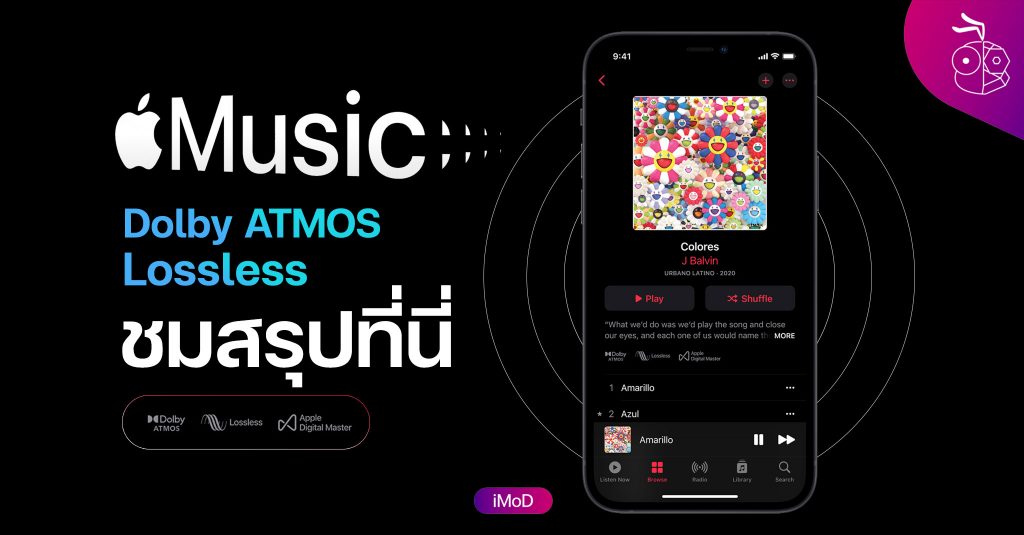By Amos Oladele
The World Bank Group recently announced an ambitious plan to support countries in delivering quality, affordable health services to 1.5 billion people by 2030.
At its (then) ongoing Spring Meeting in Washington DC, the Bank stated that this “is part of a larger global effort to provide a basic standard of care through every stage of a person’s life – infancy, childhood, adolescence, and adulthood”.
It disclosed that for decades, it (World Bank Group) had helped to provide health services for women and children in more than 100 countries; and that a focused effort to become faster, work better with partners, and bring in the private sector had enabled it to pursue greater scale and impact in its 80 years of existence as an institution.
According to the release, the strategy to reach 1.5 billion people is focused on three core elements which are: Expanding focus from maternal and child health to include coverage throughout a person’s lifetime, including non-communicable diseases; Expanding operations to hard-to-reach areas, including remote villages, cities, and countries; and Working with governments to cut unnecessary fees and other financial barriers to health care.
It added that “The goal to deliver quality, affordable health services to 1.5 billion people by 2030 is one of the more recent examples of the World Bank Group’s commitment to become more impact-oriented and is the byproduct of a concerted effort to build a better bank”.
Underscoring this plan, Ajay Banga, World Bank Group President was quoted to have said, “Providing a basic standard of care for people throughout their lives is critical for development”; adding that, “This ambition won’t be realized with a solo effort. It will require partners, a coalition of public and private sector, working together to expand access to health care services”.
Supporting the plan with statistics, the World Bank Group submitted that “Today, around 2 billion people face severe financial hardship when paying for health services”; adding that, “Intertwined challenges, such as climate change, pandemics, conflicts, societal aging, and a projected shortfall of 10 million health-care workers by 2030, exacerbate the cycle of poverty and inequality”. It then promised to combine financing, knowledge, and partnerships to address this challenge.
In its words, “All elements of the Bank’s financing capabilities are positioned to be called upon depending on a country’s unique need and stage of development to reach 1.5 billion people”; adding, “For countries most in need, IDA (International Development Association) financing will make it possible to bring health-care workers into communities where people may otherwise have no access to services”; and that “In middle-income countries, IBRD (International Bank for Reconstruction and Development) will deploy financing to incentivize government investments in health and regulations that move a country forward”.
It assured that with regulatory certainty and reliable governance in place, the plan would open the door for more private sector investments, especially in local production of medications and protective gear.
It also recognized that strong partnerships would be critical for it (the World Bank Group) to achieve results in health when it noted that “The World Bank Group will fall short if it does not work hand-in-hand—faster and better—with non-government organizations, the private sector, and civil society”.
The Bank explained that to be counted toward this goal, a person must be seen and treated by a health-care worker via an in-person visit or telehealth.







Comment
No comments found.